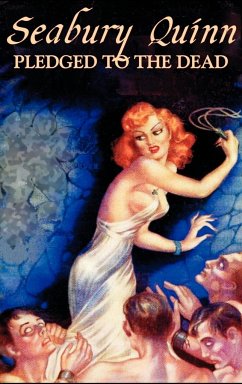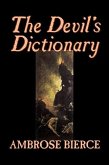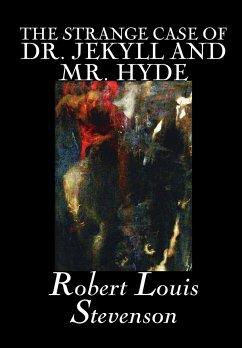The tale of a lover who was pledged to a sweetheart who had been in her grave for more than a century, and of the striking death that menaced him -- a story of Jules de Grandin. Seabury Quinn was a contemporary of Robert E. Howard, H. P. Lovecraft, and Clark Ashton Smith. Mary Elizabeth Counselman was a friend of Quinn's and wrote a tribute to him after he died. "Good-bye for eternity!" we heard her sob. . . .
Hinweis: Dieser Artikel kann nur an eine deutsche Lieferadresse ausgeliefert werden.
Hinweis: Dieser Artikel kann nur an eine deutsche Lieferadresse ausgeliefert werden.







